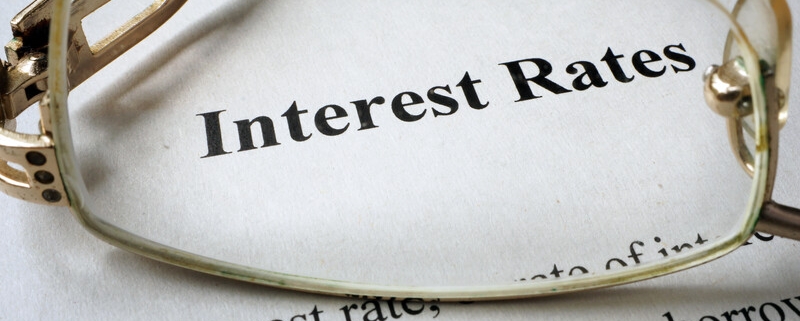By Ron Osborne, Managing Director
Sperry Commercial Global Affilates | RJ Realty
Interest rates, debt coverage ratios (DCR), and loan-to-value (LTV) ratios are important factors that can significantly impact the value of commercial property. These factors are closely related to the financing and income potential of a commercial property, and they are often considered by investors and lenders when assessing the value and risk associated with a property. Here’s how each of these factors can affect the value of commercial property:
Interest Rates
- Interest rates set by central banks and financial institutions have a direct impact on the cost of financing for commercial property buyers. When interest rates are low, borrowing costs are reduced, making it more attractive for investors to purchase and finance commercial properties. This can drive up property values as demand increases.
- Conversely, when interest rates are high, borrowing becomes more expensive, which can reduce the affordability of commercial properties. This can lead to a decrease in property values as demand weakens.
Debt Coverage Ratios (DCR)
- DCR is a measure of a property’s ability to generate enough income to cover its debt service (i.e., mortgage payments). It is calculated as the property’s net operating income (NOI) divided by the annual debt service.
- A higher DCR indicates a property’s ability to comfortably service its debt, which can increase the property’s value. Lenders typically prefer to see a DCR of 1.2 or higher, as it provides a margin of safety.
- A lower DCR can be a red flag for lenders and investors, as it suggests that the property may struggle to meet its financial obligations. This can result in a lower property valuation or difficulties in securing financing.
Loan-to-Value (LTV) Ratios
- LTV is a measure of the loan amount compared to the property’s appraised value. For example, an LTV of 80% means that the loan covers 80% of the property’s value, and the buyer must provide a 20% down payment.
- Lower LTV ratios, such as 60% or 70%, can reduce the risk for lenders and investors, as there is more equity in the property. This can lead to more favorable financing terms and possibly a higher property value.
In summary, interest rates, debt coverage ratios, and loan-to-value ratios are interrelated and play critical roles in determining the value of commercial properties. Lower interest rates, higher DCRs, and lower LTV ratios typically support higher property values, while the opposite conditions may have the opposite effect. It’s essential for investors and lenders to carefully consider these factors when assessing the attractiveness and risk associated with a commercial property investment.









